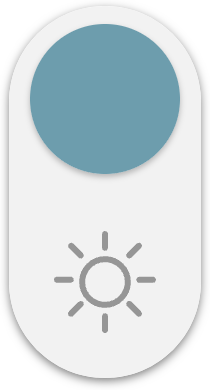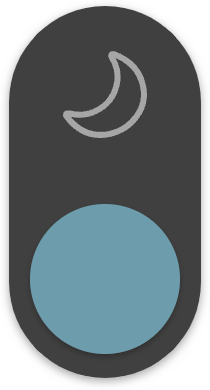In Guo Haibo's Iron Relief Art Museum at Hebei Vocational University of Industry and Technology, the iron relief works lining both sides of the corridor easily capture visitors' attention with their precise textures and vivid expressions.
From the depths of the hallway, the rhythmic "clang, clang" of hammering echoes intermittently, naturally drawing one's steps forward. Pushing open the door to the studio, Chinese craft art master Guo Haibo is intently focused, holding a chisel as he repeatedly strikes a 1-millimeter-thick iron plate. Amid the deafening hammer blows, the iron plate trembles slightly, yet his gaze remains resolute. Each strike is decisive and precise, revealing decades of mastery in his craft through every hammer and chisel movement.
As an inheritor of the intangible cultural heritage of Guo Family Iron Plate Relief Carving, he has spent nearly forty years, driven by passion, transforming cold, hard iron plates into exquisitely lifelike artworks.
"At the age of eleven or twelve, in front of the Monument to the People's Heroes, I was deeply shocked by the reliefs on the pedestal," Guo recalls. At that time, a young boy passing through Beijing due to his father's job transfer, he gazed at those stone carvings and planted a seed in his heart to become a sculptor. From learning to paint as a child to turning to clay sculpture at seventeen, these artistic accumulations laid the foundation for his later work in iron relief creation.
Unlike traditional metal chiseling, Guo's iron relief uses 1-millimeter-thick iron plates. Due to its far lower malleability compared to gold, silver, or copper, each hammer strike requires both force and precision, making the carving process more challenging.
"Look at the texture on the raised parts of this piece," Guo says, picking up a semi-finished product, his fingertips tracing the patterns. "Chiseling the recessed patterns on white wax wood requires stability, while hammering the raised parts on willow wood demands flexibility. Using both alternately better presents the textural effect." This technique of cold forging iron plates on wooden bases defines the unique style of Guo's iron relief.
On the tool rack in the studio, over a hundred types of chisels and hammers are neatly arranged, bearing witness to the art. Guo explains that completing a single piece requires 16 steps, from designing the draft, tracing the outline, chiseling the recessed patterns, and hammering, to leveling, rust removal, bluing, polishing, coloring, and waxing. As a form of metal craftsmanship, Guo-style iron relief blends tradition with innovation. Traditional metal chiseling often uses non-ferrous metals like gold, silver, or copper, with themes mostly centered on auspicious patterns. In contrast, Guo-style iron relief primarily uses iron plates, covering themes such as Taihang Mountain customs, Tibetan style, and portraiture, with a greater emphasis on humanistic narratives.
Having worked on iron relief and metal chiseling for nearly 40 years, Guo has developed a comprehensive set of techniques. Together with his daughter Guo Mohan, he compiled these methods into a book, Guo Family Iron Plate Relief Carving Production Techniques, leaving a valuable written record for the inheritance of this craft.
On one wall of the studio hangs Guo's personal motto: "Unity of knowledge and action." From gathering inspiration and materials in the Taihang Mountain region to polishing details on the iron plates, it is a continuous process of integrating cognition and practice. To students coming to learn, he often says, "Craftsmanship shouldn't be rushed for quick success. Settle your heart, do each step well, and the results will follow naturally."
When discussing creative insights, he emphasizes the importance of traditional culture, believing that the craftsmanship left by ancestors contains aesthetic codes. "One must draw nourishment from traditional culture," he says. "What is national is global."
(Reporter: Li Yingyin; Cameraperson: Li Yingyin; Video editor: Rainy, Li Yingyin; English Editor: Darius)
Related News:
100 Ways To Live | Heartwarming cat doctor: Healing young minds with gentle companionship




















Comment